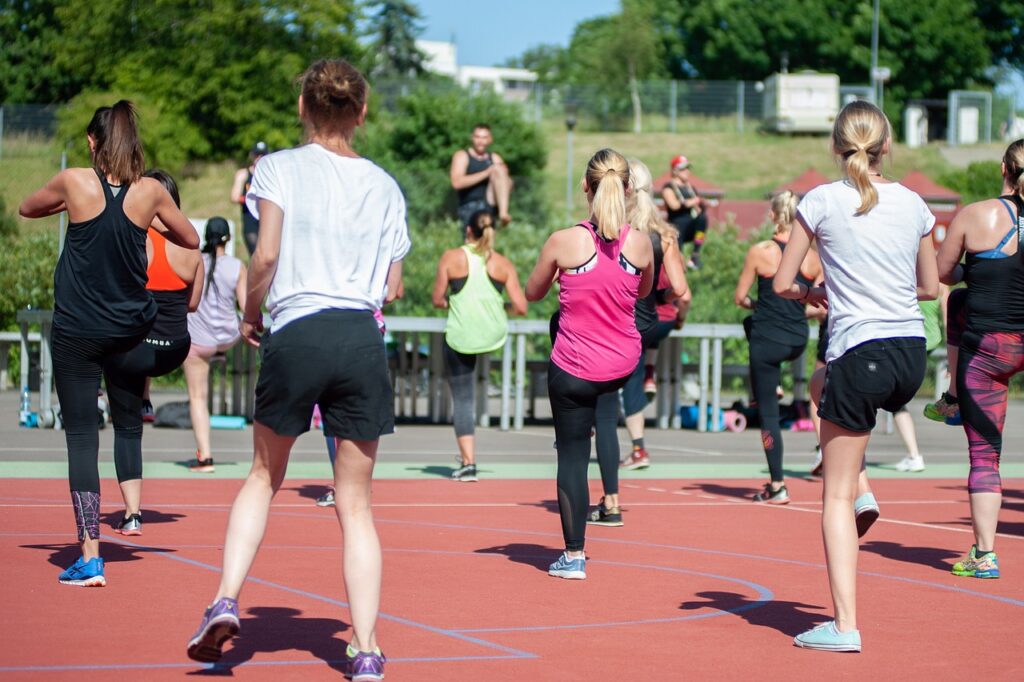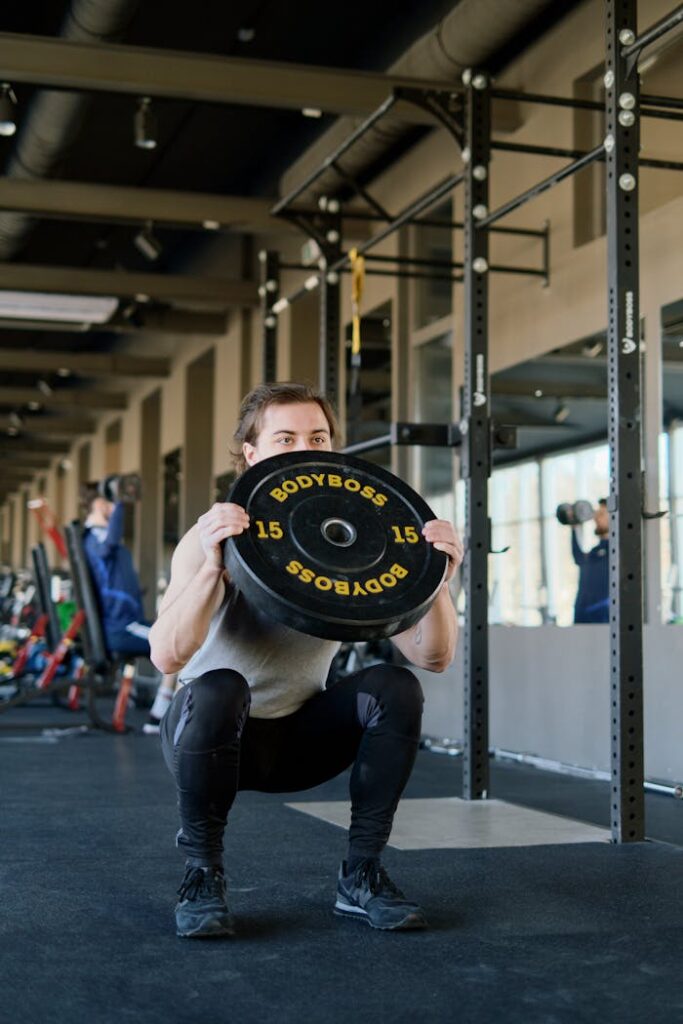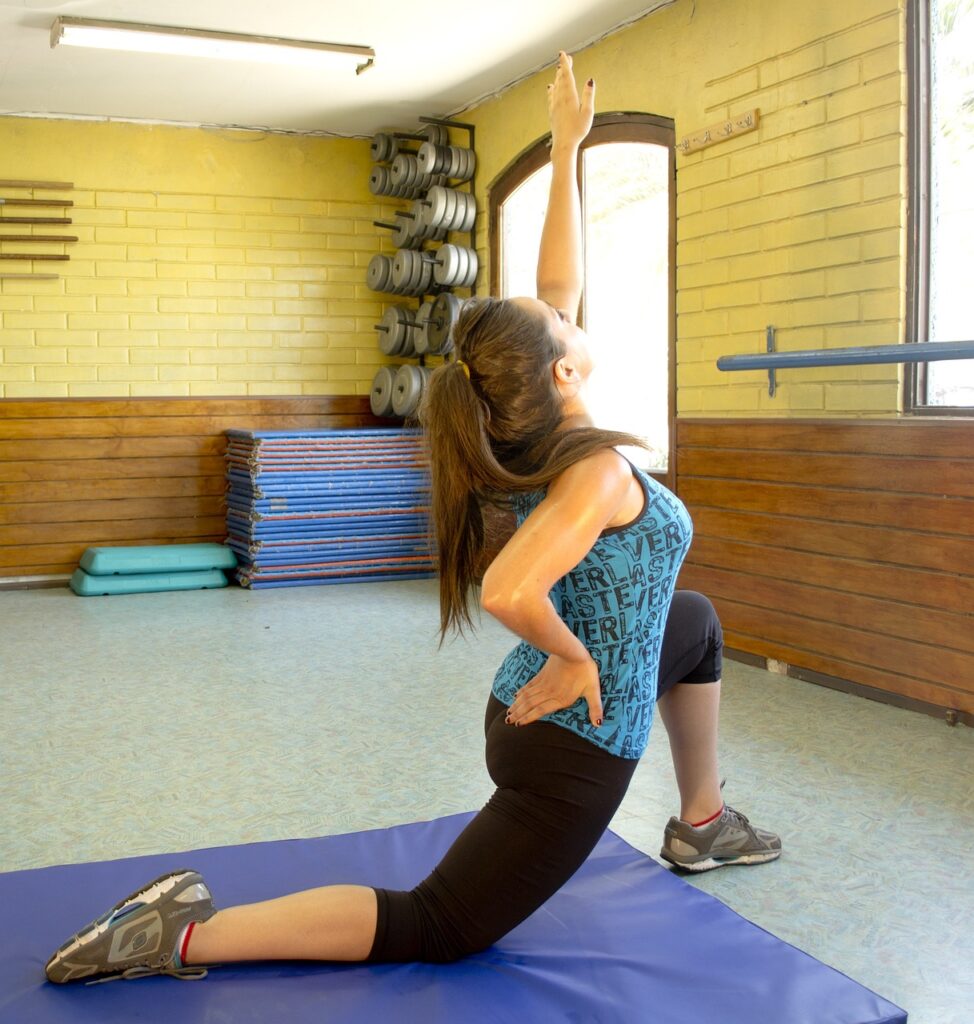3 Things to Look Out for When Joining a Group Exercise Class

Class Size to Instructor Ratio
One of the most crucial aspects to consider when joining a group exercise class is the ratio of participants to instructors. A class filled with 15 or more people but only one instructor can be a red flag, especially for those new to exercise or unfamiliar with the class format. This is escpecially high risk when the exercise involvled include heavy lifts, high impact, cardio intensive & high skill level
Why does this matter? In a large class, the instructor’s ability to observe and correct form diminishes. Proper form is essential not only for achieving your fitness goals but also for preventing injuries. If you’re in a crowded class, even the most experienced instructor may struggle to provide individualized attention to each participant.
For beginners or those trying out a new type of exercise, it’s advisable to choose classes with a smaller class size or more instructors on hand. This ensures that you receive the guidance and corrections needed to improve your proficiency and stay safe. Acoording to the NSCA (National Strength & Conditioning Association) suggest that there be a 1 coach to 15 students ration to ensure safety standards are met to reduce risk of injury. This is a known standard by many studio owners but is mainly ignored due to maximizing profits over safety.
Intensity & Proficiency

Another important consideration is the intensity and proficiency required by the class. Not all group exercise classes are designed for every fitness level. Some, like yoga or Tai Chi, are lower in intensity and accessible to individuals of all ages and skill levels. Others, such as CrossFit, rock climbing, or boot camps, can be highly intense and require a higher level of proficiency.
Before committing to a class, it’s essential to assess whether the intensity matches your current fitness level and goals. High-intensity classes can be incredibly rewarding, but they also come with a greater risk of injury if your body isn’t adequately prepared. Your tendons, ligaments, and overall conditioning play a significant role in how well you can handle these challenges.
If you’re just starting out, look for classes that offer modifications or cater to beginners. Over time, as your proficiency and fitness level improve, you can gradually work your way up to more challenging classes.
Choose an Activity for Longevity

The final tip is perhaps the most important: choose an activity that you can stick with for the long haul. Fitness is not just about short-term gains; it’s about creating a sustainable, healthy lifestyle. When selecting a group exercise class, think about whether this is something you can see yourself doing consistently over time.
Burnout is real, especially if you jump into a class that’s either too intense or doesn’t align with your personal interests. Instead, find an activity that you enjoy and that works well with your body. The goal is to continually improve, grow, and make lasting changes, not just to reach a short-term milestone.
Remember, fitness is a journey, not a destination. Picking the right class can make all the difference in maintaining a long-term, healthy, and enjoyable exercise routine.
Conclusion
Group exercise classes offer a fun and engaging way to get fit, but it’s important to choose wisely. By paying attention to the class size to instructor ratio, the intensity and proficiency level, and selecting a class you can enjoy for the long term, you’ll set yourself up for success. Keep these tips in mind, and you’ll find the perfect class that not only meets your fitness goals but also supports a sustainable, healthy lifestyle.
